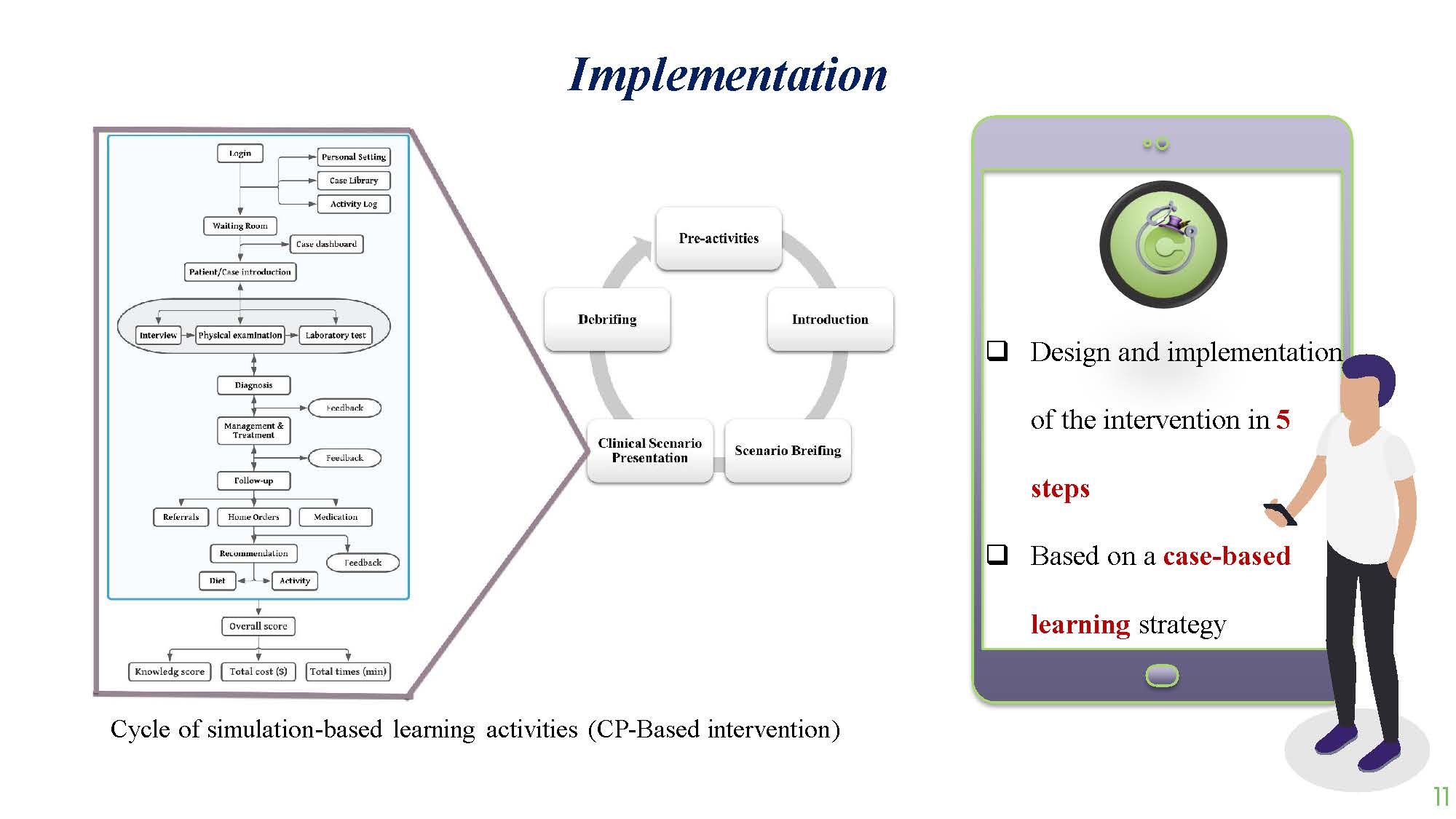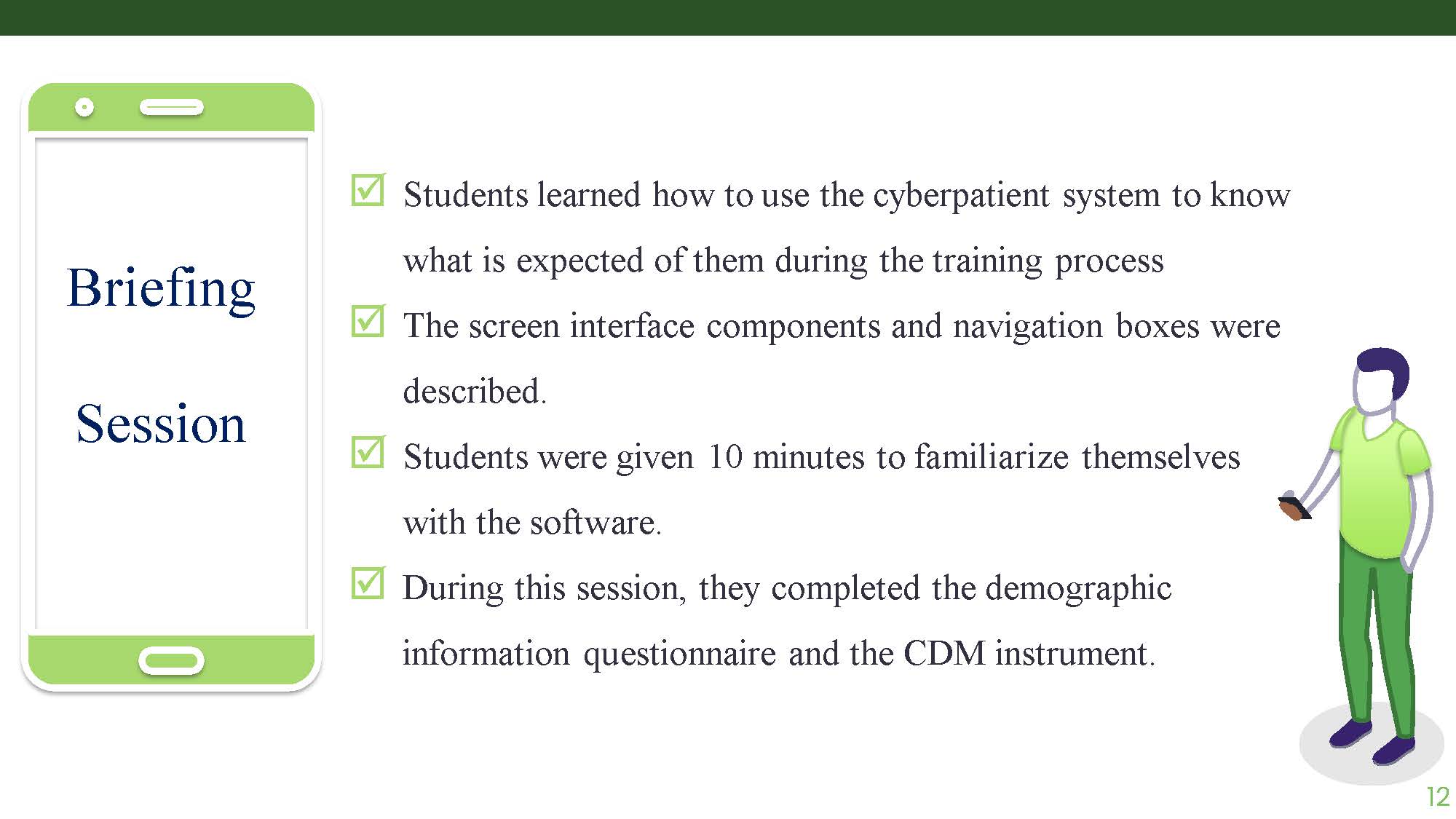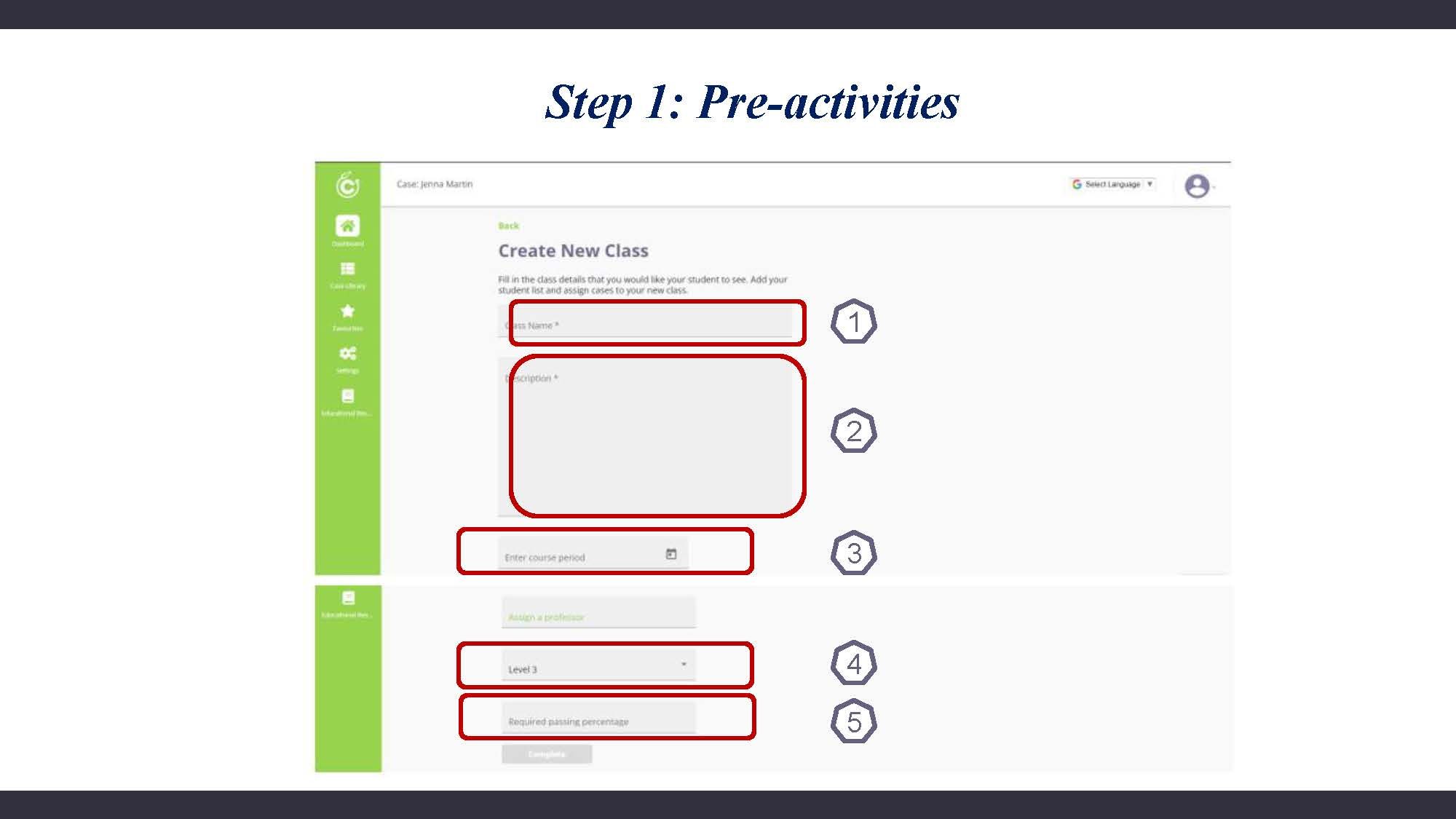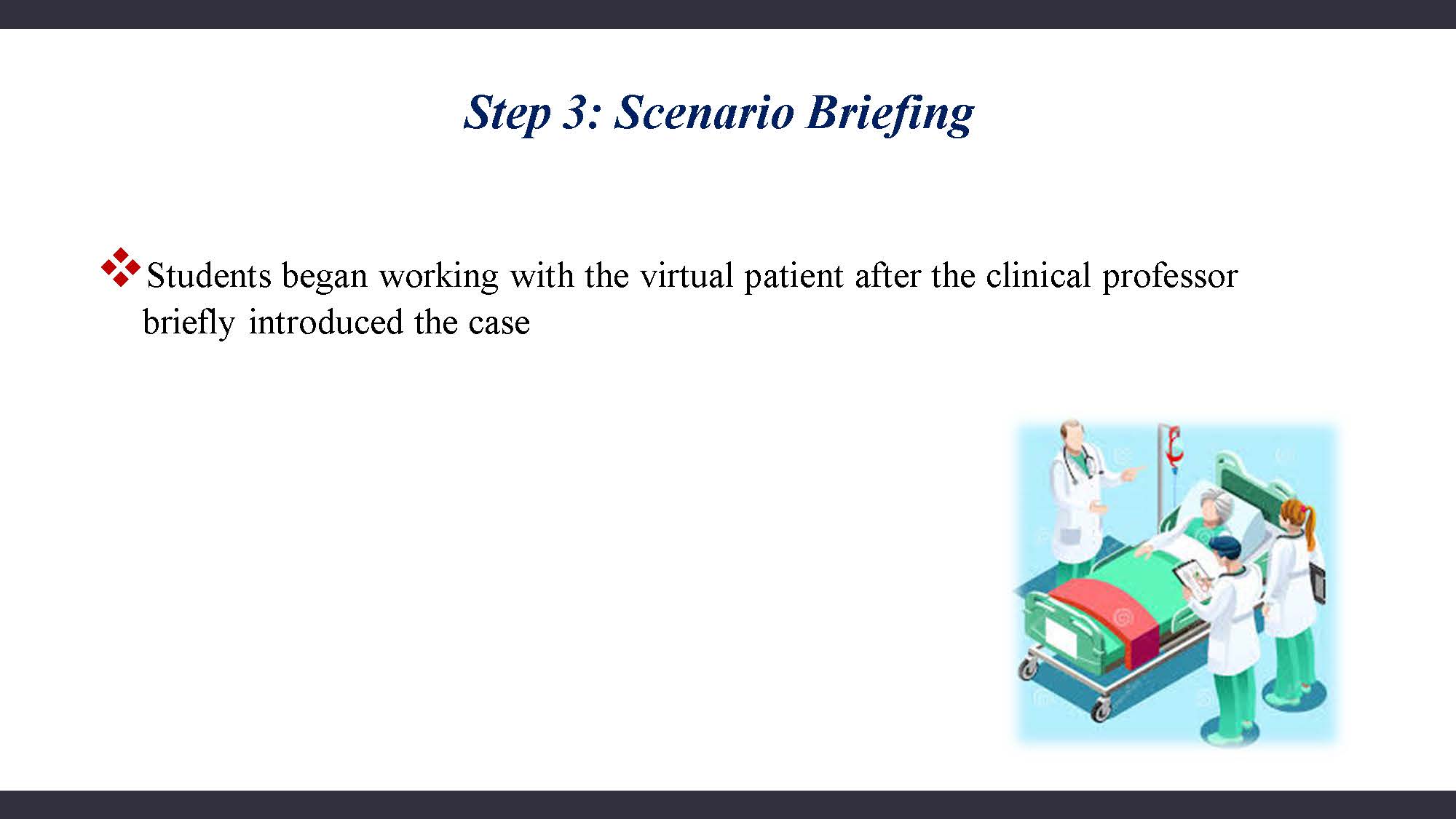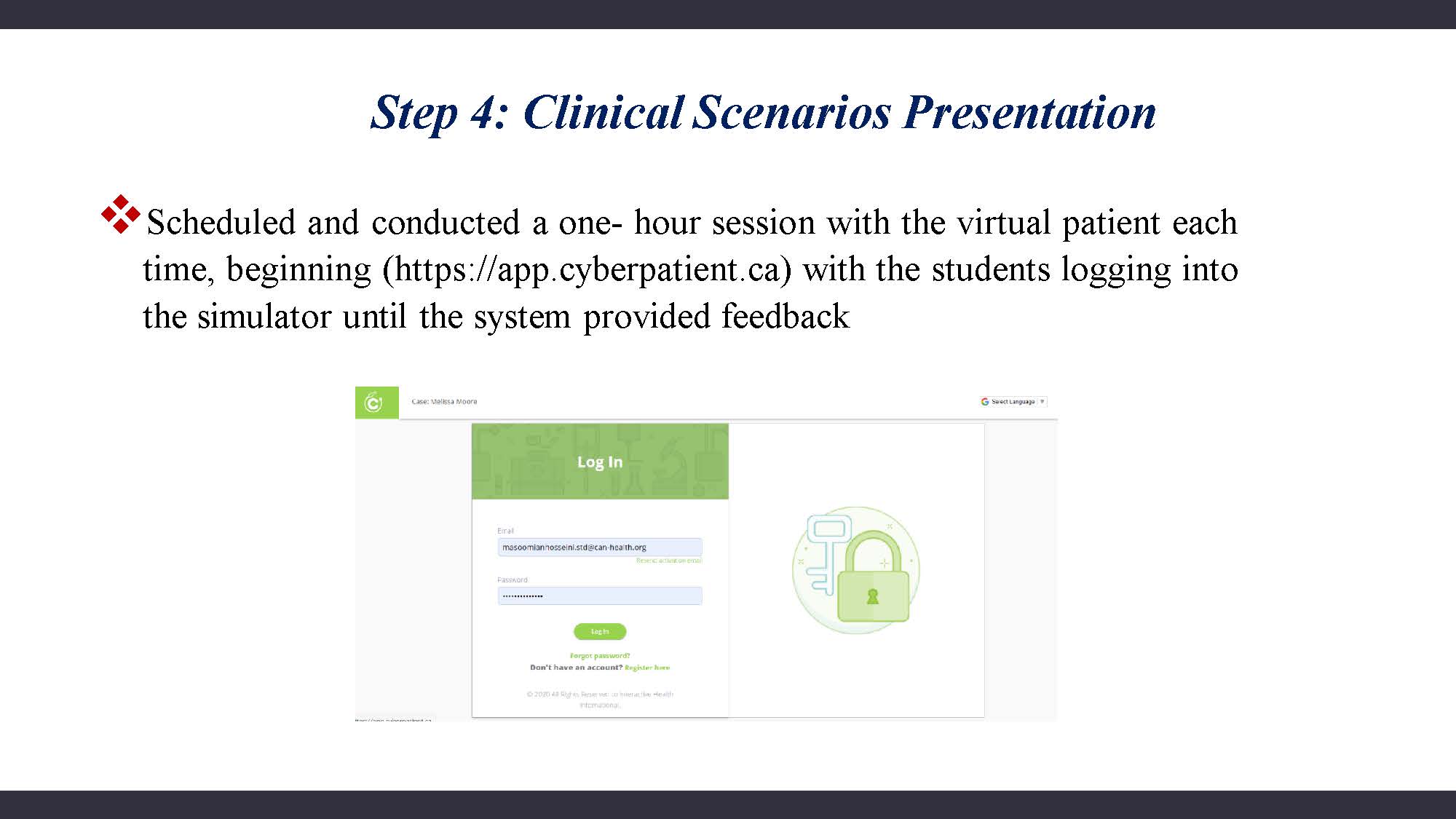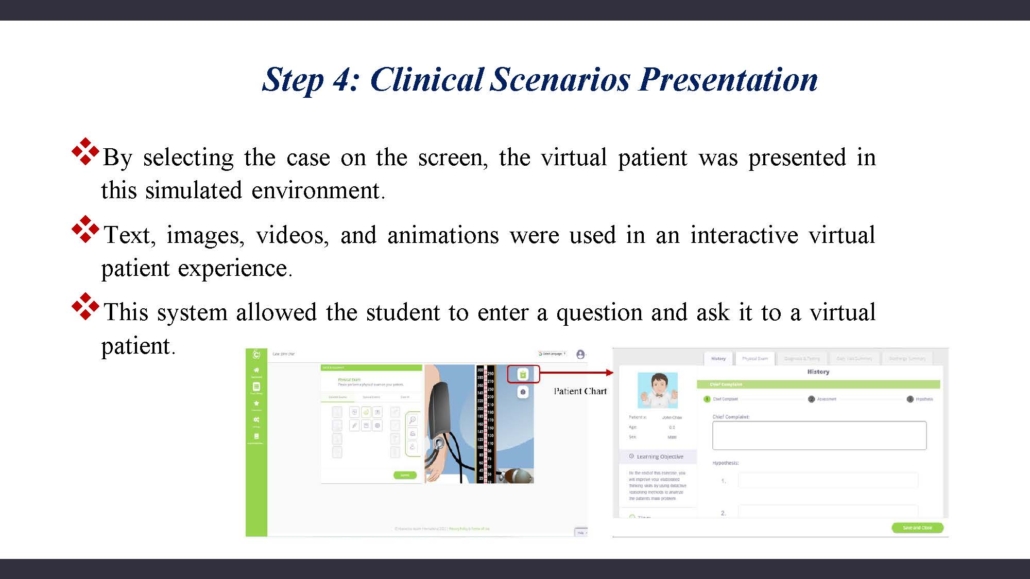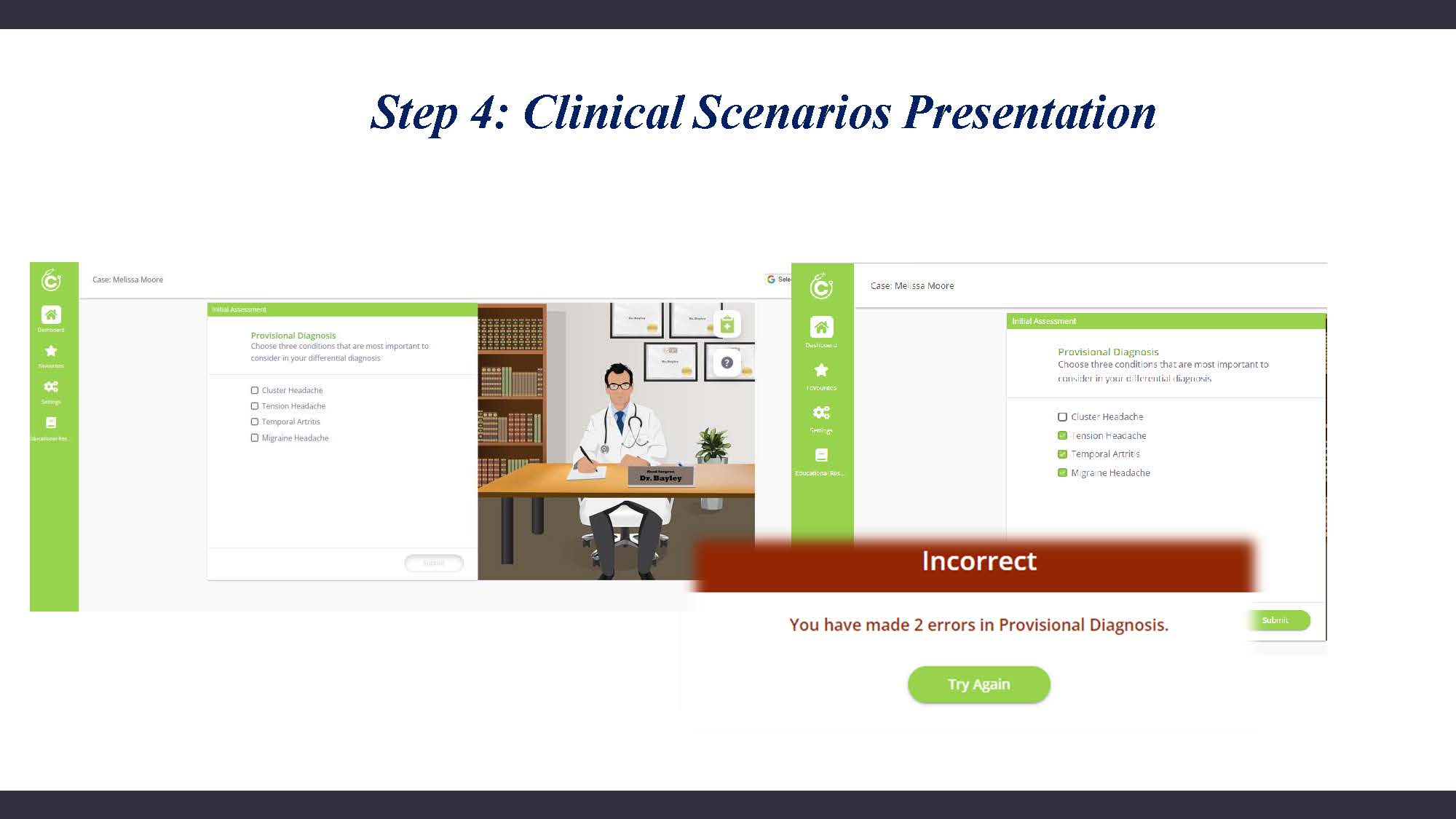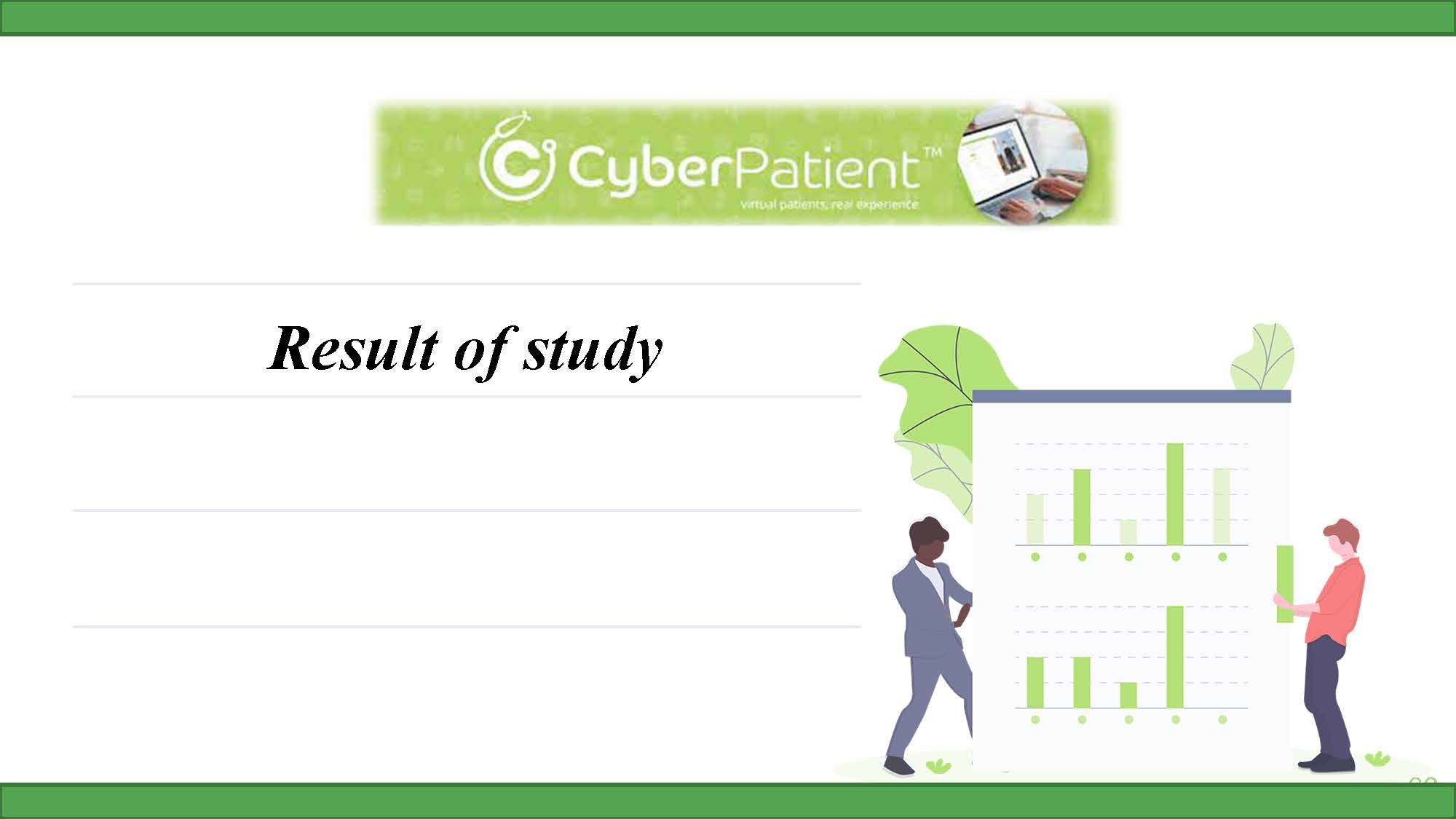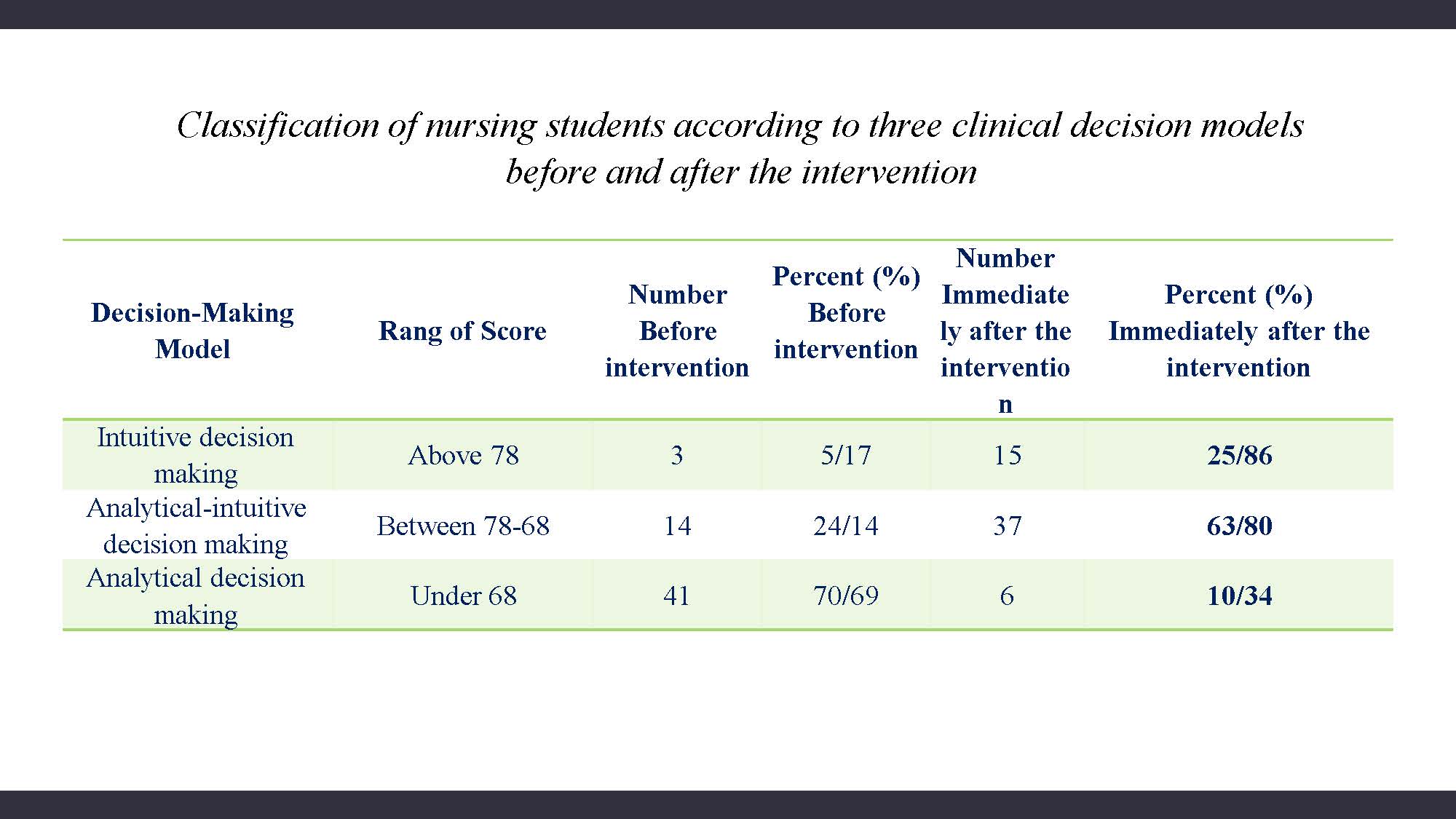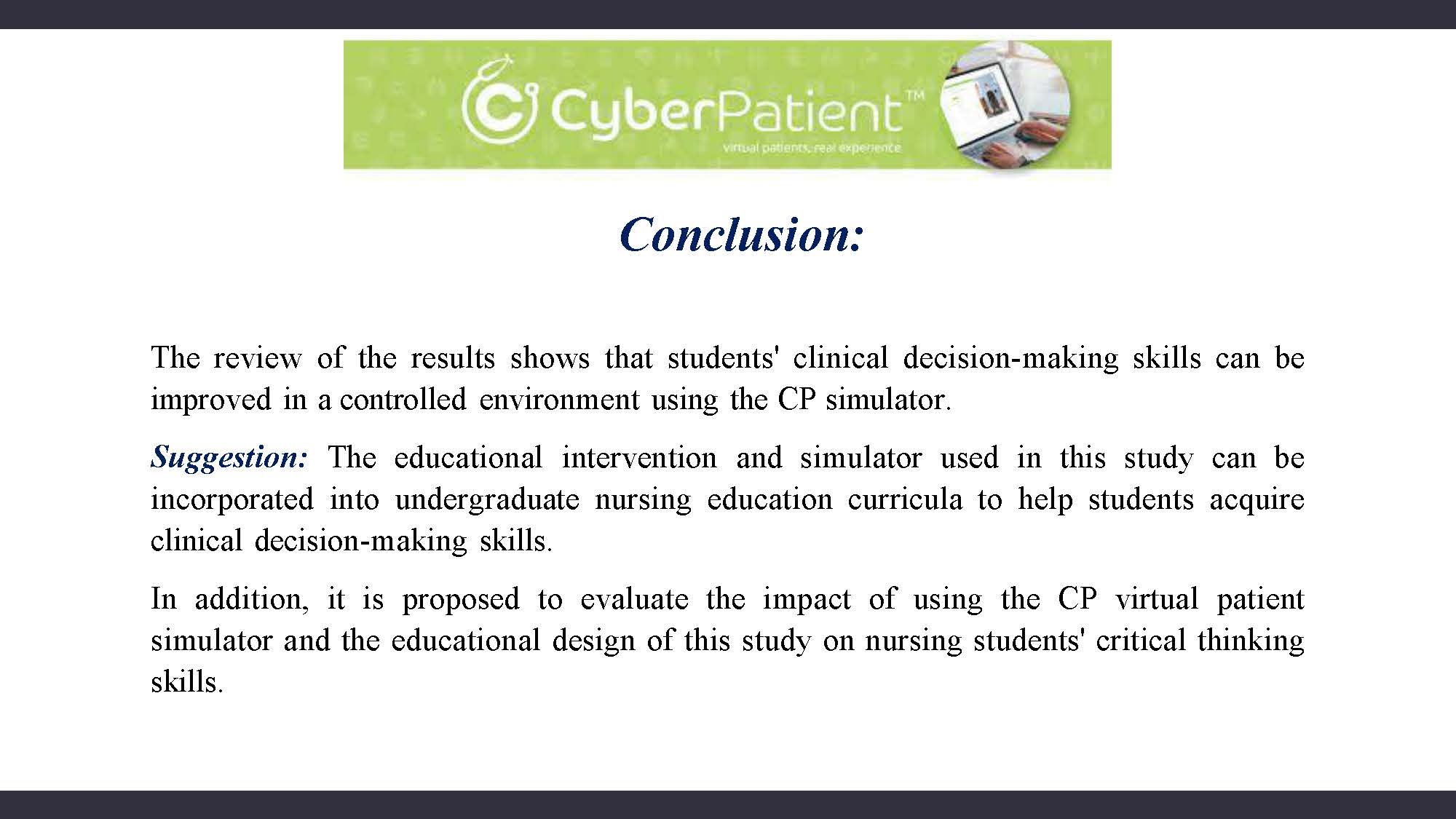Ottawa Conference 2022
The study was organized and conducted by a
research committee with no conflict of interest at
Shahid Beheshti University of Medical Sciences.
Problem Statement
- One of the most important aspects of nursing education is teaching clinical
decision-making skills (Johnsen, et al., 2016 ). - The ability to diagnose and treat patients quickly and accurately is not a skill that
can only be learned theoretically ( Levett Jones, et al, 2010 ). - Considering the achievements of technology, it is recommended to do planning so
that it can be integrated into the clinical education curriculum ( Guze , et al., 2015 ).
- There are many simulated environments designed to enhance students’ scientific
and practical skills and prepare them for real-life situations Isaza Restrepo, et al
2018. - Despite the numerous technology-based programs for clinical education, there are
few computer programs that can simulate the realism of the doctor-patient
relationship Liaw et al 2014. - One of the simulators currently being used in clinical education is the CP platform
developed by the Department of Surgery at the College of British Columbia
- Increasing incidence and prevalence of COVID 19 worldwide and in Iran
- All clinical rotations and training opportunities have been suspended to reduce the
burden of the disease (Sharma, et al., 2020 , & Rezaei, et al., 2021 ). - In order to solve this challenge, we need to pay more attention to the capabilities of
technology in clinical education
- The CP interactive learning system is based on problem solving and clinical
decision making. - There is limited evidence that simulation can be an effective teaching and learning
tool for clinical decision making. - No study has measured the impact of cyberpatient simulation on students’ clinical
decision making skills.
Research Objective
The present study aimed to investigate the impact of using this virtual patient simulator on the acquisition of clinical decision-making skills by nursing students at Shahid Beheshti University of Medical Sciences in Iran.
Material & Methods
- This was a quasi experimental study with a pretest posttest design
- It was conducted between 2020 and 2021
- All third year nursing students who had completed their clerkship at the time of the study (58 were selected by census method).
- The inclusion criteria completion of a course in medical surgical nursing
- Exclusion criteria failure to attend an educational session
- In this study, a demographic information questionnaire and clinical decision making (instrument by Lauri and Salantera 2002 were used to collect data
- This project was conducted in the form of student thesis and approved by the Ethics Committee of Shahid Beheshti University of Medical Sciences (Ethics Code IR SBMU SME REC 1400 044



